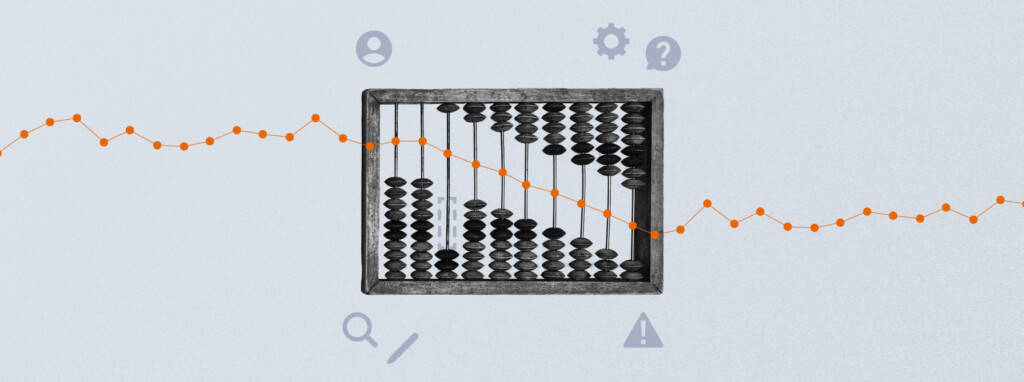The average Joe would, of course, be grateful if their credit card provider alerted them to the purchase of unusual goods in a foreign country. But what about a cheeky invitation from their bank for a mortgage top-up for home improvements, just as they pull into the carpark of their local Bunnings?
The amount of big data available to financial institutions has grown exponentially in the past 15 years, with the average person leaving a staggering trail of digital data daily. To put this into perspective, the four biggest online storage services are estimated to warehouse a combined one million terabytes. If you aren’t clear on exactly what Big Data is, start here.
Using data to market more accurately
Mathematical modelling has long been used as a tool for defining and growing customer market share. For example, local consumer preferences can be predictive of usage, to the extent that in the US, companies such as StreetLight deploy mobile and GPS-based data to help banks choose retail branch locations. Equally, by drawing on data collected via commercial loans, merchant services, brokering and insurance, banks can build pools of information to inform their future marketing decisions. Every finance product or service enables a detailed dip into each individual customer’s personal or business life, opening up opportunities for more targeted consumer engagement ‒ and also to connect audiences to additional services or potential partners.
Insurance companies also are visibly harnessing big data analysis to not only personalise products and services according to drivers’ records and habits but also to influence R&D, pricing, distribution and claims processing. According to The Wall Street Journal, the Hyundai Marine & Fire Insurance Company in the US lowered its fraud rate by 20% by adopting a security system that applies predictive modelling to detect risks in customer claims.
Chase Bank in the US tailors offers based on what it knows about customers’ wealth, family size, recent spending and borrowing patterns. This takes the form of just-in-time marketing messages designed to be of specific interest to the customer. “If someone is buying a lot of things at the home-improvement store… maybe we should call them up and ask if they need a home-equity line,” says Bob Hedges, a partner at consulting firm A. T. Kearney.
According to an A. T. Kearney report, China CITIC Bank increased the volume of transactions in some areas by as much as 300% after tracking customer comments on social media and then using this data to provide tailored recommendations and special offers via the same platforms.
In addition to facilitating more informed decision-making, partnerships with information-rich service providers such as telcos enable precision. For example, the report says, Japan’s largest non-mutual private insurance group Tokio Marine & Nichido Fire Insurance Co teamed up with mobile communications company NTT DOCOMO to launch a novel joint insurance product: as the telco’s users arrive at a golf course they receive a message offering injury and damages cover on the day’s game, along with a sweetener ‒ for an additional 300 yen (AUD3.35) payment, if they hit a hole in one they receive JPY300,000 for entertaining their match mates.
Subscribe now for content marketing insights and trends straight to your inbox.
Where to draw the line with data
Does this degree of scrutiny smack of Big Brother? “There’s that balance,” says Melissa Stevens, US bank Fifth Third’s chief digital officer. “You want to show that you’re utilising and embracing new technologies, but you also don’t want to freak people out.”
You want to show that you’re utilising and embracing new technologies, but you also don’t want to freak people out.
In addition to traditional finance brands employing innovative uses of big data technology, new players are using its potential to enter the finance sector. Internet company Ali Finance has leveraged its parent sales giant Alibaba’s e-commerce platform to forge inroads into areas such as third-party mobile and online payments, online banking and lending, money market trading and cloud transactions for major online traders in China, including Tmall, Taobao stores and their service providers. As its operations expand, the flow of information from one function to another increases with the customer base, along with predictability, precision and ‒ apparently ‒ customer stickiness.
In the same way that finance brands are using data analysis to tailor their products, so too should they be using this data to deliver content tailored to the customers’ needs and designed to support customers at each stage of their purchase journey.
Big data analysis is proving such an effective tool for customer engagement that if finance brands don’t move decisively to harness its business growth potential, other operators ‒ like Alibaba ‒ certainly will.
Subscribe now for content marketing insights and trends straight to your inbox.









